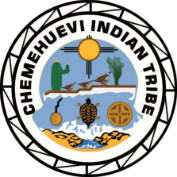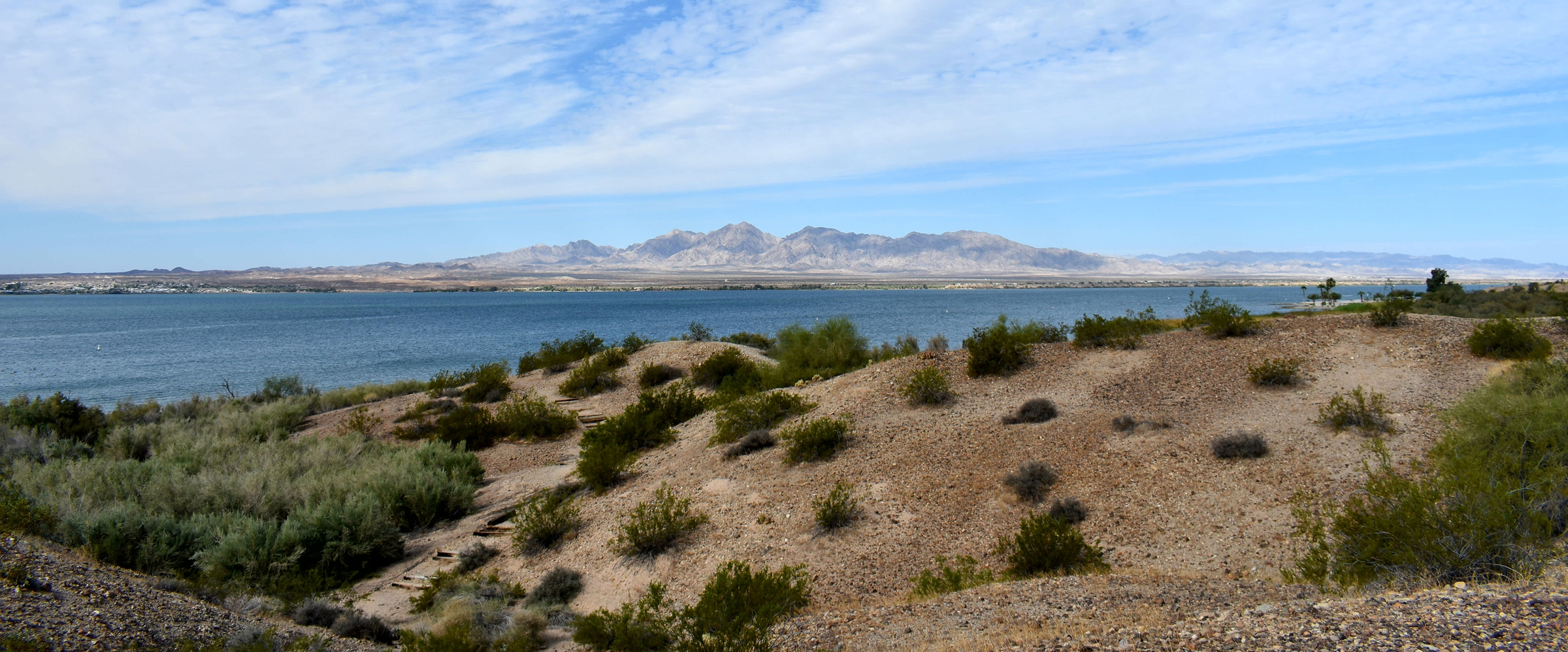
Chemehuevi Indian Tribe
Chemehuevi
Indian Tribe
Established in 1907, the Chemehuevi Indian Reservation is located approximately 40 miles south of Needles, California on the California shore of Lake Havasu, across the reservoir from Lake Havasu City, Arizona. The Reservation is comprised of approximately 32,000 acres of trust land that includes thirty miles of Colorado River frontage.
The Reservation is divided into two segments, one directly north of Havasu Landing and one directly to the south. An improved road cuts through the northern segment from Havasu Landing with unsurfaced roads branching off of it.
The Chemehuevi Indian Tribe has an enrollment of 1,145 members, with approximately 250 living on the Reservation. Approximately 350 tribal members live near the Reservation area and access and use Tribal water resources.


Current Water Use and Operations
Most of the water use on the Reservation is municipal and industrial. Because of poor quality soils, little farming occurs on the Reservation. However, the Lake Havasu area experiences extremely high levels of visitors during the spring and summer and many holidays.
Agricultural water use on the Reservation has focused on providing native plants for cultural purposes and localized fruit and vegetable production for the community. Efforts have been drastically impacted by the lack of funding and the unreliability of an existing surface water pumping station. The Tribal farm has been making a tremendous effort to make its current 80- acre parcel productive. Efforts to amend the soil has caused an increase in water use and additional irrigation needs. Irrigation water is conveyed mostly by approximately 15 miles of pipelines pumping directly from the Colorado River and a few miles of ditches and unlined canals to direct and store flood water.
Colorado River water is diverted for domestic and municipal use from wells located on the Reservation in the River’s floodplain. The East and West Wells pumping stations feed the public water supply system for the Chemehuevi Indian community, the Havasu Landing Resort & Casino entities, and Vista De Lago, a gated community located off Tribal lands but a user of water transferred from the Tribe.
Annually, the Tribal Environmental Department completes projects to expand native vegetation habitats in riparian zones. Areas infested with non-native salt cedar (tamarisk) are being revegetated with native cottonwood, willow and mesquite. This restoration effort used five acre feet per year (AFY) between 2010 and 2014.